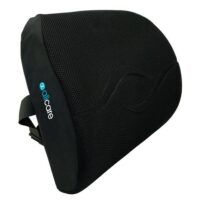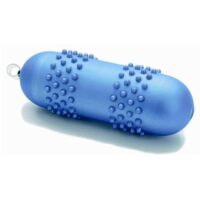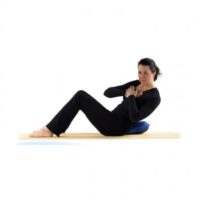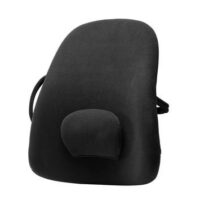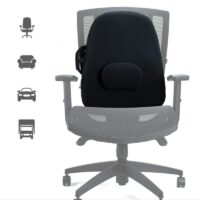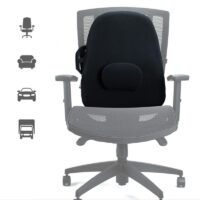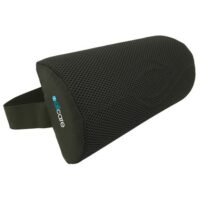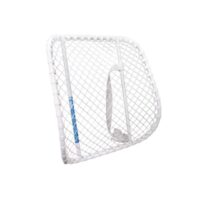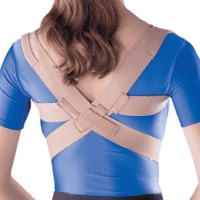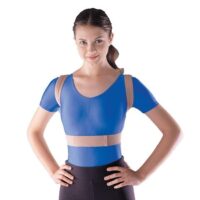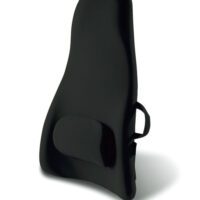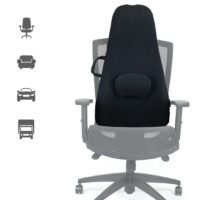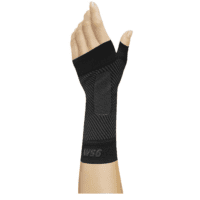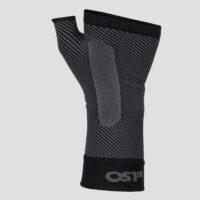Workplace Wellness Program
Article by J. Miller, S.Armfield

Workplace Wellness: Empowering Employees for Healthier Lives

PhysioWorks is committed to enhancing employee well-being through our Workplace Wellness Screening programs. Recent research supports the significant return on investment these programs offer, with gains as high as $2.73 for every dollar spent (Baicker et al., 2010).

Understanding Workplace Wellness Screening
Our approach involves tailoring a comprehensive health screening to your company’s specific needs and budget. This process begins with a detailed health questionnaire, ensuring that we address the unique health concerns of your workforce.
Functional Capacity Evaluation
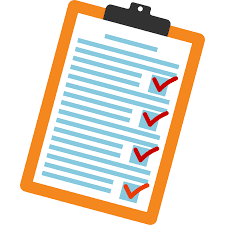
The Functional Capacity Evaluation (FCE) is a key component, assessing various physical aspects like joint mobility, cardiovascular fitness, and muscle strength. This tailored evaluation plays a vital role in understanding the specific health needs of each employee.
Read more: Functional Capacity Evaluation
Confidential and Personalised Health Reports

Employees receive individual reports, comparing their health metrics against normative data and offering treatment recommendations. This step is crucial for identifying pre-existing conditions and providing targeted health solutions.
Data Analysis: The Foundation for Informed Decisions
Imperative to asking the right questions is being able to interpret the data accurately. PhysioWorks can provide your business with an easy-to-read data analysis report that maintains patient confidentiality.
Choosing the Right Wellness Program



We offer a variety of solutions to fit different business needs. Contact PhysioWorks to find the best Workplace Wellness program for your company.
Conclusion: Investing in Employee Health
In conclusion, PhysioWorks’ Workplace Wellness programs represent a valuable investment in employee health, potentially leading to increased productivity and reduced healthcare costs.
What to Do Next?
For personalised advice and the best care for your employees, consider consulting with a professional physiotherapist at PhysioWorks.
Related Information
- Ergonomics: Discover the benefits of ergonomic workstation assessments with PhysioWorks. These assessments are crucial for anyone working from home or in an office, providing tailored advice for a comfortable and productive work environment. Ergonomics goes beyond just adjusting your chair; it’s about creating a space that supports your health and safety at work.
- Online Office Workstation Assessment: PhysioWorks offers remote ergonomic assessments, ideal for those working from home or new to the remote work setup. This service ensures your workspace is ergonomically sound, enhancing comfort and productivity.
- Corporate Wellness: Corporate wellness is an integral part of PhysioWorks’ services, focusing on improving employee health and productivity. Their programs encompass ergonomic assessments and other health-promoting activities, aiming to create a healthier work environment.
- Functional Capacity Evaluation: The Functional Capacity Evaluation (FCE) offered by PhysioWorks is key to understanding workplace health. This evaluation provides in-depth insights into the physical capabilities and needs of employees, ensuring a healthy and productive work life.
- Pre-Employment Assessment: PhysioWorks conducts pre-employment assessments to ensure workplace fitness and safety. These assessments are crucial in preventing injuries and ensuring that potential employees are fit for their designated roles.




